A session on environmental disasters in the early modern era took place during the International Conference on Catastrofi mediterranee. Sconvolgimenti naturali e antropici nella storia dello spazio mediterraneo (Mediterranean catastrophes: natural and anthropic upheavals in the history of the Mediterranean area). Four researchers from the DisComPoSE project participated in the event, organized by the Ruggero II Study Center, in Cefalù on 23rd February 2024. Annachiara Monaco, Umberto Signori, Milena Viceconte, and Valentina Sferragatta presented their research on disasters in the territories of the Spanish Monarchy during the early modern era.
Focusing on disaster narratives, Monaco illustrated how the growing attention to natural catastrophes stimulated the search for news and explanations. The occurrence of extreme natural phenomena also fostered social interaction and expanded communication channels. An important vehicle for disseminating such news was the “relazioni,” proto-journalistic texts of significant success, which transmitted information about a wide array of news events. Therefore, the scholar showcased the linguistic-formal strategies and narrative solutions adopted in a corpus of relazioni in Italian.
Through examining the narrative mechanisms present in Italian printed relazioni, Sferragatta demonstrated how the communication of the 1669 Etna eruption responded to specific political interests of the Catanese elites. This disaster represents a particularly interesting case study because, in addition to a substantial corpus of printed relazioni, the source of one of these texts—a handwritten letter—has also been preserved. This rare circumstance allowed for a highlighting of the transformations that the information underwent when addressed to a broader circulation compared to that of an epistolary exchange.
Viceconte, on the other hand, analysed the iconographic apparatus of the patenti di santità circulating in the Mediterranean area during the early modern period, with particular attention to the Italian and Spanish contexts, where adherence to common formulas and models is evident. These are woodcut or engraving images based on the representation of the city’s port viewed from above, and overshadowed by numerous protecting saints. Their presence in these official documents, aimed at controlling port transit, alludes to their role as a celestial shield against the plague and other contagious diseases, of which ports were the main propagation channel. Such representations allow us to understand the importance past societies attributed to civic spirituality for the prevention of plagues.
Finally, Signori focused on political responses to fires and earthquakes in the Kingdoms of Sicily and Naples between 1536 and 1542. The researcher compared the Phlegraean eruptions and earthquakes between 1536-1538 with the Etna eruptions of 1536-1537 and the Val di Noto earthquake of 1542. While historical narratives of the first group of events celebrate the emergency management by the Viceroy of Toledo, those of the second group do not mention the role of the Viceroy Gonzaga.
The disparity in the representation of these vice-regal approaches appears to result from propaganda rather than a real political dissonance between the two courts in handling the emergency. The analysis of the responses adopted in the aftermath of calamities not only offers a critical reading of the propagandistic mechanisms that idealized a certain type of state intervention in affected communities, but also raises new questions about current disaster management policies. Therefore, the researcher proposed a reflection on the possible continuity with the emergency response policies proposed by sixteenth-century courts.
The DisComPoSE session chaired by Marina Montesano (University of Messina).
Annachiara Monaco
Costruire la notizia: il racconto della catastrofe in età moderna
Umberto Signori
Incendi e terremoti: risposte politiche alla calamità a confronto nei Regni di Sicilia e Napoli (1536-1542)
Milena Viceconte
Prevenire e invocare: la presenza del santorale contra pestem nelle patenti di sanità marittima
Valentina Sferragatta
Posture narrative nella comunicazione delle catastrofi in età moderna: l’eruzione etnea del 1669 nelle relazioni a stampa
Download the program of the conference
Video Part 1 (Monaco)
Video Part 2 (Signori Viceconte Sferragatta)
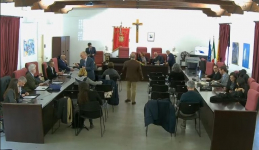


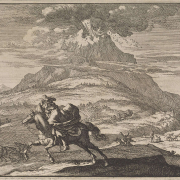
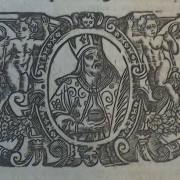
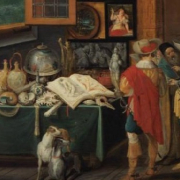
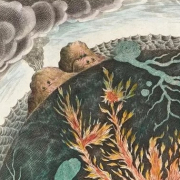

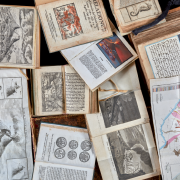





Leave a Reply
Want to join the discussion?Feel free to contribute!